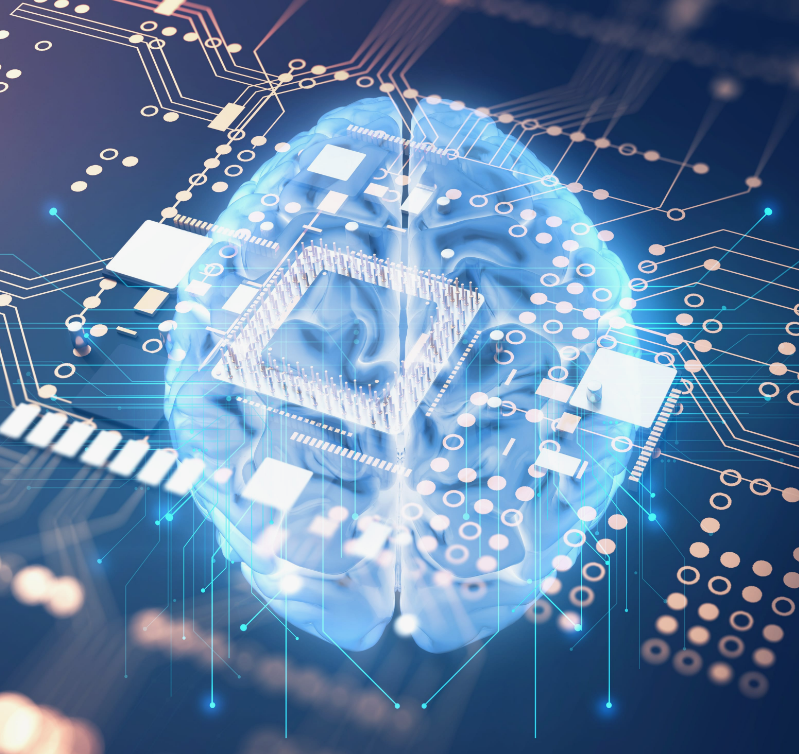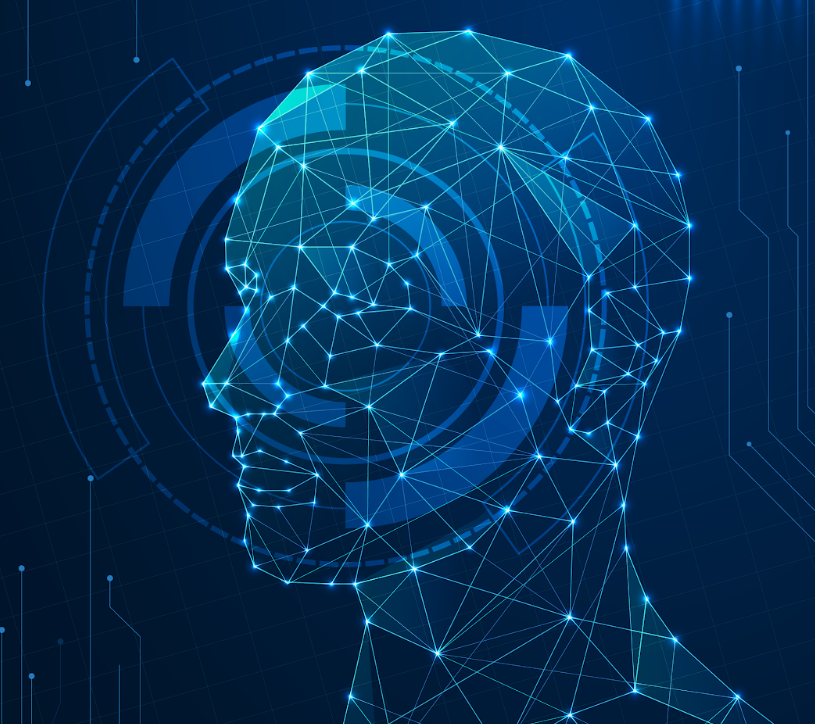Artificial Intelligence Programming involves writing code for machines to emulate human behavior. AI programmers use algorithms and coding to train machines, requiring expertise in math and statistics. They develop software using languages like Python, Java, and C++. Microsoft and Cambridge University have even created an AI, DeepCoder, that autonomously generates code by searching through a vast database. This technology raises questions about the future role of software developers and the potential for AI to replace human programmers.
As the field of AI continues to advance, the demand for skilled AI programmers is on the rise, with lucrative career opportunities available in this cutting-edge and rapidly evolving industry.
Artificial Intelligence Programming

Evolution of AI Programming- Artificial Intelligence Programming
Artificial Intelligence Programming has evolved significantly over the years. From its early beginnings to the advancements in the 21st century, AI programming has revolutionized various industries. Let’s explore the journey of AI programming and its impact on technology and society.
Early Beginnings- Artificial Intelligence Programming
The concept of AI programming dates back to the 1950s when researchers began exploring the idea of creating machines that could simulate human intelligence. Some key milestones in the early development of AI programming include:
- The Dartmouth Conference in 1956, where the term “artificial intelligence” was coined.
- The development of the Logic Theorist program by Allen Newell and Herbert A. Simon in 1956, which could prove mathematical theorems.
- The creation of the first AI programming language, LISP, by John McCarthy in 1958.
Advancements In The 21st Century- Artificial Intelligence Programming
In the 21st century, advancements in AI programming have accelerated, leading to breakthroughs in various fields. Some notable advancements include:
| Advancement | Description |
|---|---|
| Machine Learning | Machine learning algorithms that can analyze large amounts of data and make predictions or decisions. |
| Deep Learning | The integration of AI programming and robotics enables machines to perform physical tasks. |
| Natural Language Processing | AI programming techniques that enable computers to understand and generate human language. |
| Robotics | The integration of AI programming and robotics, enabling machines to perform physical tasks. |
Key Concepts In AI Programming
Introduction paragraph about Artificial Intelligence Programming and Key Concepts in AI Programming…
Machine Learning Algorithms
Machine learning algorithms are crucial in AI programming. They enable machines to learn from data and make predictions or decisions without being explicitly programmed. Common types include:
- Supervised learning
- Unsupervised learning
- Reinforcement learning
Neural Networks
Neural networks are a fundamental concept in artificial intelligence. They are inspired by the human brain and consist of interconnected nodes that process information. Neural networks are used for:
- Image recognition
- Natural language processing
- Speech recognition
Natural Language Processing
Natural Language Processing (NLP) is a branch of AI that focuses on interaction between computers and humans using natural language. NLP techniques enable machines to:
- Understand and generate human language
- Perform sentiment analysis
- Chatbots and virtual assistants
Popular Programming Languages For AI
Artificial Intelligence Programming and Popular Programming Languages for AI are at the forefront of technological advancements. As the demand for AI continues to grow, the choice of programming language plays a crucial role in the development and implementation of AI applications.
Python
Python is one of the most popular programming languages for AI due to its simplicity and versatility. It offers a wide range of libraries and frameworks such as TensorFlow, Keras, and PyTorch, making it ideal for machine learning and deep learning projects. Additionally, Python’s readability and ease of integration with other languages contribute to its widespread adoption in the AI community.
Java
Java is known for its platform independence and robustness, making it suitable for building complex AI applications. With its strong ecosystem and support for multithreading, Java is often preferred for enterprise-level AI solutions and large-scale projects. Furthermore, Java’s performance and scalability make it a compelling choice for AI development in various domains.
R
R is a specialized programming language widely used for statistical computing and data analysis in the field of AI. Its rich set of packages and tools for data visualization and manipulation make it an excellent choice for AI researchers and data scientists. R’s emphasis on statistical modeling and its extensive community support contribute to its relevance in AI applications.
Challenges In AI Programming
Artificial Intelligence Programming is a complex and evolving field that presents several challenges to developers and programmers. In this blog post, we will explore some of the key challenges in AI programming, including data quality and quantity and ethical concerns.

Data Quality and Quantity
When it comes to AI programming, data quality, and quantity are crucial factors that significantly impact the performance and accuracy of AI systems. High-quality and sufficient data sets are essential for training AI models effectively. Moreover, the diversity and representativeness of the data play a vital role in ensuring that AI algorithms can make accurate predictions and decisions. In addition, the cleaning and preprocessing of data require careful attention to eliminate biases and ensure that the AI system can generalize well to new, unseen data.
Ethical Concerns
As AI technologies continue to advance, ethical concerns surrounding their use and impact have become increasingly prominent. Issues such as privacy, transparency, and accountability are critical in ensuring that AI systems are developed and deployed responsibly. Moreover, the potential societal implications of AI, including job displacement and algorithmic biases, raise important ethical considerations that must be addressed by AI programmers and developers. In addition, the ethical use of AI in sensitive domains such as healthcare and criminal justice requires careful consideration of the potential risks and benefits.
Applications of AI Programming
Artificial Intelligence Programming and Applications of AI Programming are revolutionizing various industries. Let’s explore how AI programming is utilized in different sectors.
Autonomous Vehicles
Autonomous vehicles leverage AI programming to navigate roads, interpret traffic signals, and make real-time decisions. This technology enhances road safety, reduces accidents, and provides a glimpse into the future of transportation.
Healthcare
In healthcare, AI programming assists in diagnostics, drug discovery, and personalized treatment plans. By analyzing vast amounts of medical data, AI can predict diseases, recommend therapies, and improve patient outcomes.
Finance
The finance sector utilizes AI programming for fraud detection, risk assessment, and algorithmic trading. AI algorithms analyze market trends, optimize portfolios, and enhance decision-making processes in financial institutions.
Future Trends In AI Programming
Artificial Intelligence Programming is a rapidly evolving field that holds immense potential for the future. As AI continues to advance, new trends in AI programming are emerging. In this blog post, we will explore two of these future trends: Explainable AI and AI Ethics and Regulations.
Explainable AI
Explainable AI is a crucial aspect of AI programming that focuses on creating AI systems that can provide clear explanations for their actions and decisions. This is important because as AI systems become more complex and powerful, it becomes increasingly difficult for humans to understand why they make certain decisions. By developing AI systems that can explain their decisions transparently and understandably, we can ensure that AI technology is used responsibly and ethically.
Some key points about Explainable AI:
- Explainable AI enables users to understand the underlying reasoning behind AI decisions.
- It promotes accountability and trust in AI systems.
- Explainable AI can be achieved through techniques such as rule-based systems, model interpretation, and natural language explanations.
- Regulatory frameworks are being developed to ensure the ethical and transparent use of AI technology.
AI Ethics and Regulations
AI Ethics and Regulations are becoming increasingly important as AI technology becomes more integrated into our daily lives. It is essential to ensure that AI systems are developed and used in a way that is fair, and unbiased, and respects privacy and human rights. Ethics and regulations in AI programming aim to address issues such as algorithmic bias, data privacy, and the potential impact of AI on employment and society as a whole.
Some considerations regarding AI Ethics and Regulations:
| Key Aspects | Importance |
|---|---|
| Algorithmic Bias | Preventing discrimination and ensuring fairness in AI systems. |
| Data Privacy | Protecting personal data and ensuring compliance with privacy regulations. |
| Social Impact | Understanding and mitigating the potential societal effects of AI technology. |
| Accountability | Establishing responsibility and liability for AI systems and their actions. |
Impact of AI Programming on Society
Artificial Intelligence Programming has revolutionized the way we live, work, and interact with technology. This cutting-edge technology has a significant impact on various aspects of society, including job displacement and enhanced decision-making. In this blog post, we will explore the impact of AI programming on society and its implications for the future.
Job Displacement
The rapid growth of AI technology has raised concerns about job displacement. While AI technology has created new jobs, it has also replaced many traditional jobs. Here are some of the jobs that are most at risk of being replaced by AI:
- Telemarketers
- Customer service representatives
- Data entry and processing workers
- Bookkeeping and accounting clerks
- Assembly and factory workers
- Transportation workers
However, AI programming has also created new job opportunities in the fields of data science, machine learning, and artificial intelligence programming itself. As technology continues to advance, individuals must develop new skills and adapt to these changes to remain competitive in the job market.

Enhanced Decision Making
AI programming has significantly improved decision-making in various industries. Here are some examples:
| Industry | Application of AI Programming |
|---|---|
| Healthcare | AI-powered diagnosis and treatment recommendations |
| Finance | AI-powered fraud detection and risk management |
| Retail | AI-powered personalized recommendations and inventory management |
| Manufacturing | AI-powered predictive maintenance and quality control |
AI programming has enabled businesses to make data-driven decisions, improve efficiency, and enhance customer experiences. As AI technology continues to advance, it has the potential to transform decision-making in various industries and improve the overall quality of life.
Conclusion
Artificial intelligence programming is rapidly evolving and has the potential to transform the way we live and work. From the development of AI coding assistants to the use of generative AI for rapid prototyping, the possibilities are endless. However, the question remains whether AI will replace software developers or work in conjunction with them. Additionally, aspiring AI programmers must keep up with the latest programming languages and have a solid foundation in applied math, probability, and statistics. Overall, the future of AI programming is exciting and holds tremendous potential for innovation and advancement.

